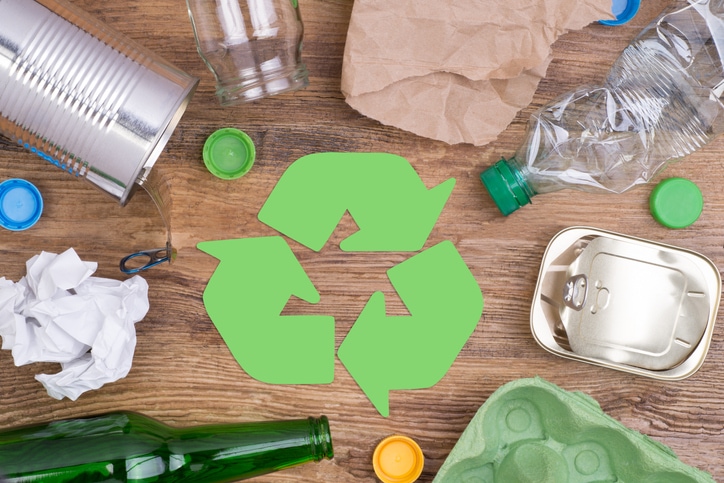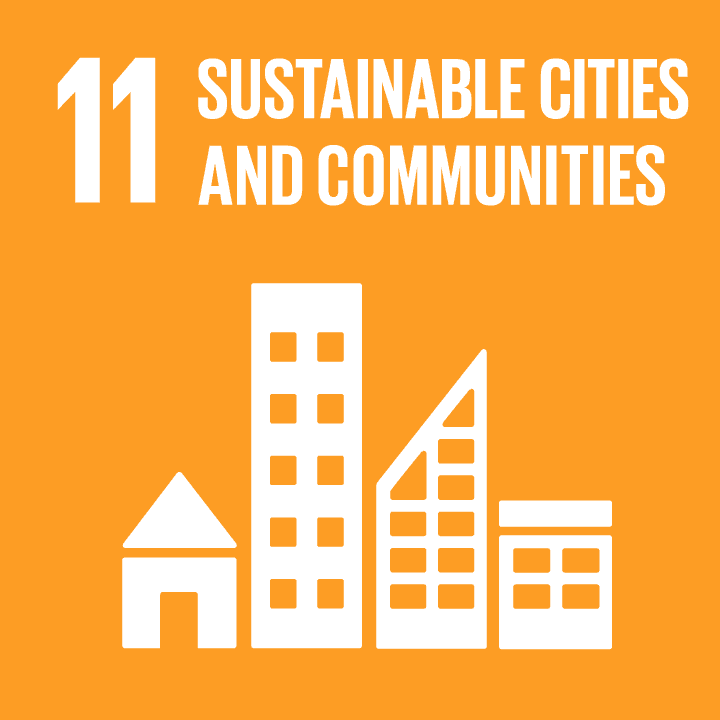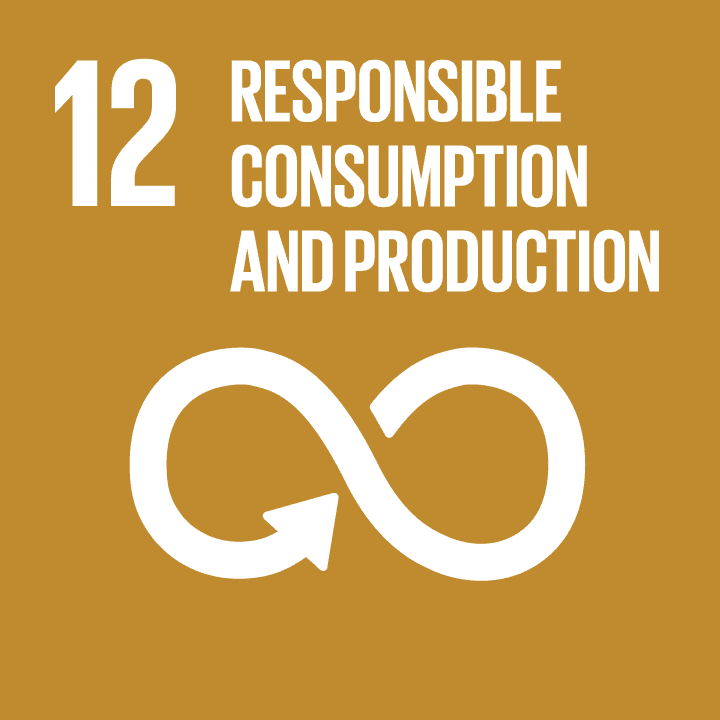What’s in the Wrap?
 Photo: © iStock-1082028590
Photo: © iStock-1082028590 - Resource Type
- Experiment
- Subjects
- Earth Science
- Topics
- Ecosystems Health Sustainability
- Time for activity
- 30 min. to two days depending on the activity of choice
Food packaging comes in many forms and sizes. Certain materials are used for food products for a number of reasons, which include, to avoid contamination and spoilage, and ensure safe transport, storage, and consumption.
- Introduction
-
The activity is designed to allow children of various ages to explore the materials used in packaging food. They will be asked to classify or group the packaging materials according to their perceived characteristics (texture, water permeability, type of material, etc.) and state the reasons for the groupings they have selected. From here, students will be encouraged to take a closer look at the food packaging and classify the packaging that they see based on what materials they are made of and what food are inside the packaging. They will then realize that similar food products may be packaged in a certain way (example, milk chocolate drinks, and juices are in tetra packs, dry food products like coffee and cereal in small amount may be contained in either sachets or aluminum wrappers or plastics, condiments in either plastic or glass bottles, chips in either cardboard tubes or sealed aluminum foil-like wrappers, etc.).
They can then open one product, a milk or juice tetra pack (and perhaps drink its contents) and examine the inside material being different from the outside material. They then conclude that depending on the contents, food packaging may consist of different layers of materials. They may also examine some food packaging that are made of one or two types of materials (beverages, mayonnaise, or condiments may come in glass bottles with tin caps, etc.).
Students are then encouraged to test the different properties of materials to explore their color, weight, texture, durability (strength), malleability, water permeability, among others.
- Key Objectives
-
- Observe and classify food packaging materials
- Describe what type of materials food packages are made of
- Explore some properties of the packaging materials
- Infer why some packaging materials are used for certain types of food products
- Infer the implications of having such materials as solid wastes in the environment
- Discuss how to make responsible choices when buying packaged food products
- Pitch an innovative product design or material that can make use of the food packaging materials (whether recycled/reused in its original form, or re-processed to suit its new intended use)
- Guiding Questions
-
- What kind of materials are used in food packaging?
- How many kinds of materials do you see in the packaging of one food products? Look for products that have several types of materials?
- What are the characteristics of these materials used in packaging?
- Why do you think the manufacturers of the food products chose to package them that way? What are the advantages of using such materials?
- What are the disadvantages of using such materials?

/rating_on.png)
/rating_off.png) (6 )
(6 )




